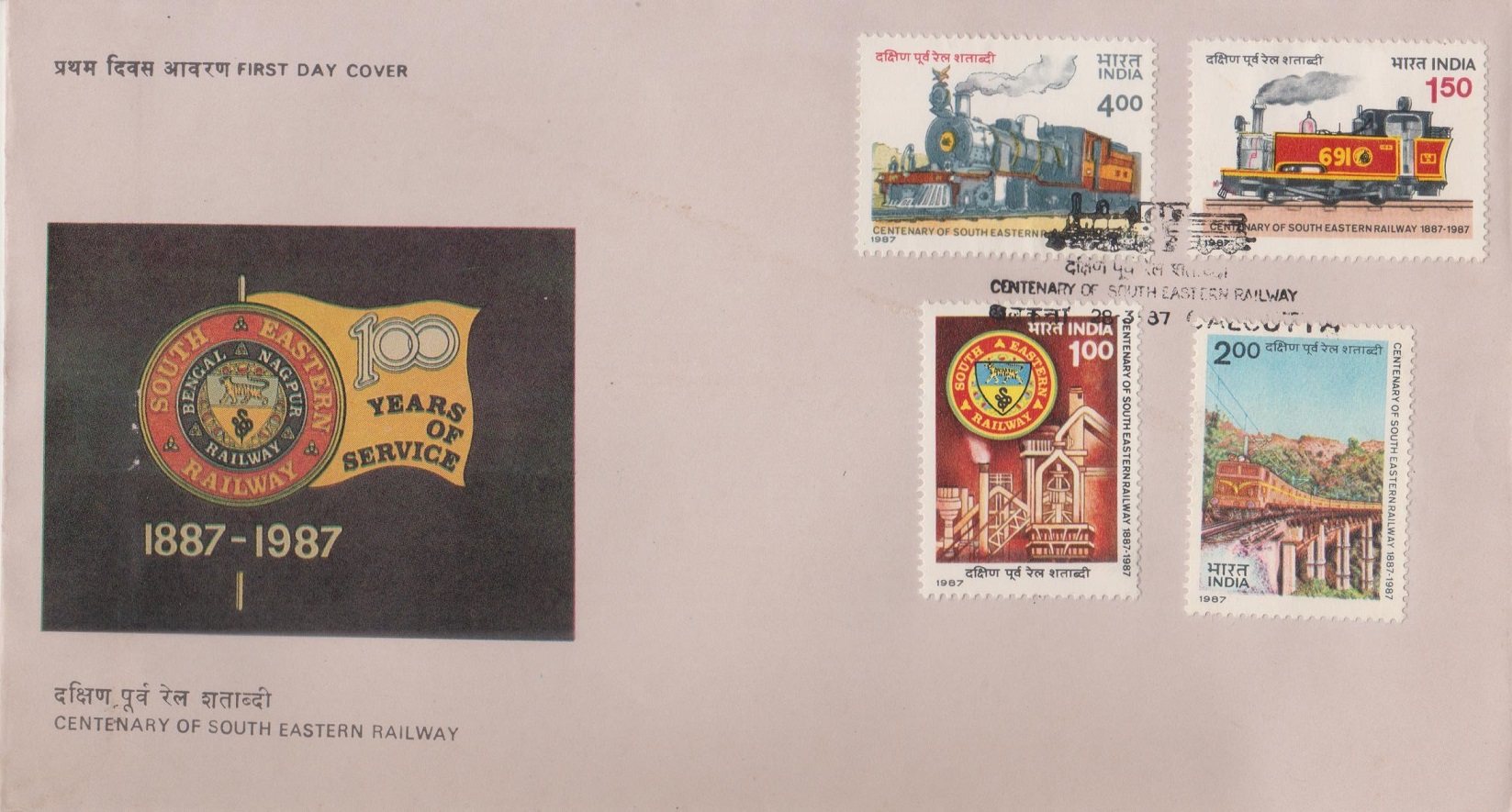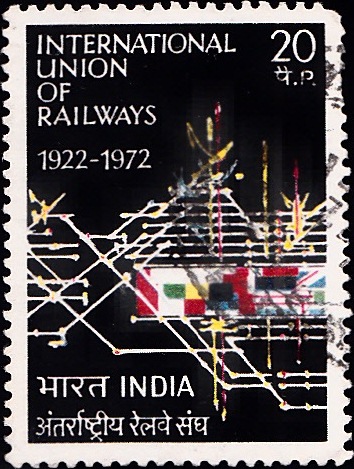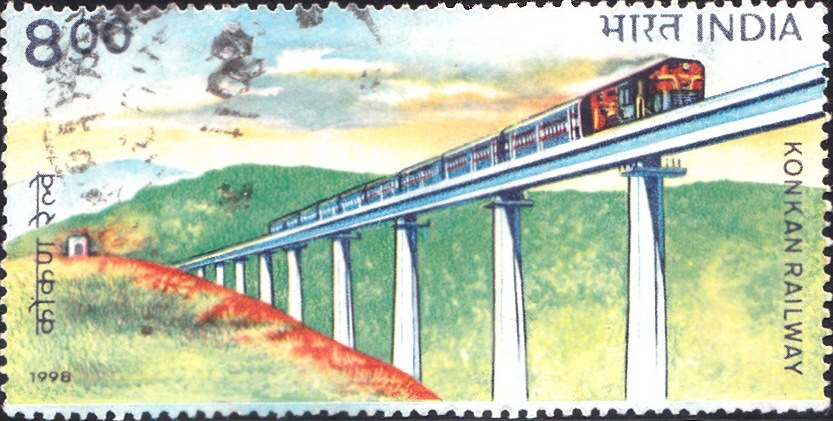
Darjeeling Himalayan Railway
A commemorative postage stamp on the Centenary of the Darjeeling Himalayan Railway (DHR or Toy Train), runs between New Jalpaiguri and Darjeeling in West Bengal :
 Issued by India
Issued by India
Issued on Dec 18, 1982
Issued for : Indian Posts & Telegraphs Department is happy to issue a commemorative stamp on Darjeeling-Himalayan Railway.
Type : Stamp, Postal Used
Colour : Multi Colour
Denomination : 285 Paise
Perforation : 13 x 13
About :
- The snowy peaks of the magnificent Himalayas have since time immemorial enchanted saints, pilgrims and tourists for various reasons. Railways, in their own way, have tried to ‘ascend’ the hills.
- The ethereal Darjeeling-Himalayan Railway line having a two feet wide track, conceived by Franklin Prestage, the agent of the Eastern Bengal Railway, links Darjeeling to Siliguri, a distance of 87.48 kms. A unique engineering feat passing through different climatic zones offers a picturesque and scenic beauty. Laid on the famous Hill Cart Road, the Railway line appears to be playing hide and seek with the road as they criss-cross each other at several places. The line between Sukna and Darjeeling is almost all along located on the road-bench, either skirting hill side or on the far edge of the road. The alignment passes through hills and gradually climbs up to the maximum altitude of 2,258 metres at Ghum.
- The honour of blazing the trail of the first railway train across the Alps, the first experiment for constructing a hill railway, goes to Chega, an Austrian. He was the first to apply the principle of artificially lengthening the line by looping in order to flatten the gradient. The engineers of Indian Railways successfully applied the principle in constructing Darjeeling-Himalayan line thereby completely obviating the necessity of expensive tunnels. Another method adopted on the route is reversing a zig-zag movement, each leg of this move being utilised to gain additional height, although this means the train moving backward on the central leg. The need for tunnels was completely obviated by means of ‘loops’ and ‘reverses’. There are 4 loops of which the most renowned one is the Batasia loop, 5 reverses in the shape of ‘Z’, 5 major and 498 minor bridges and 177 unmanned level crossings on the section. Around 90% of the length of track is on curves, the sharpest curve having a radius of 59 feet and steepest gradient of 1 in 22.
- The construction of the section began in 1878 and could be completed only in July, 1881. It was purchased by Government of India in October, 1948 with a view to fit it in the system of New Assam Link Project. This narrow gauge line was extended from Siliguri to New Jalpaiguri in 1962.
- The oldest steam loco, a ‘B’ class engine, used for this Railway celebrated its centenary in 1985. The youngest of the engine fleet has already completed 50 years of age.
- Text by courtesy : Ministry of Railways (Railway Board).
Subscribe
Login
0 Comments
Oldest







